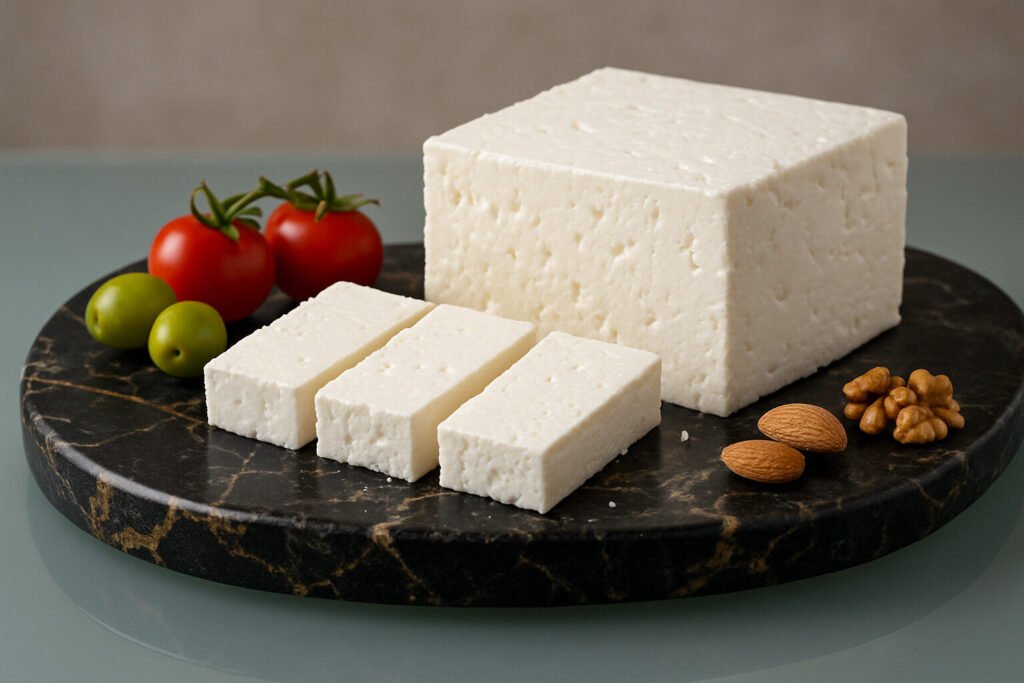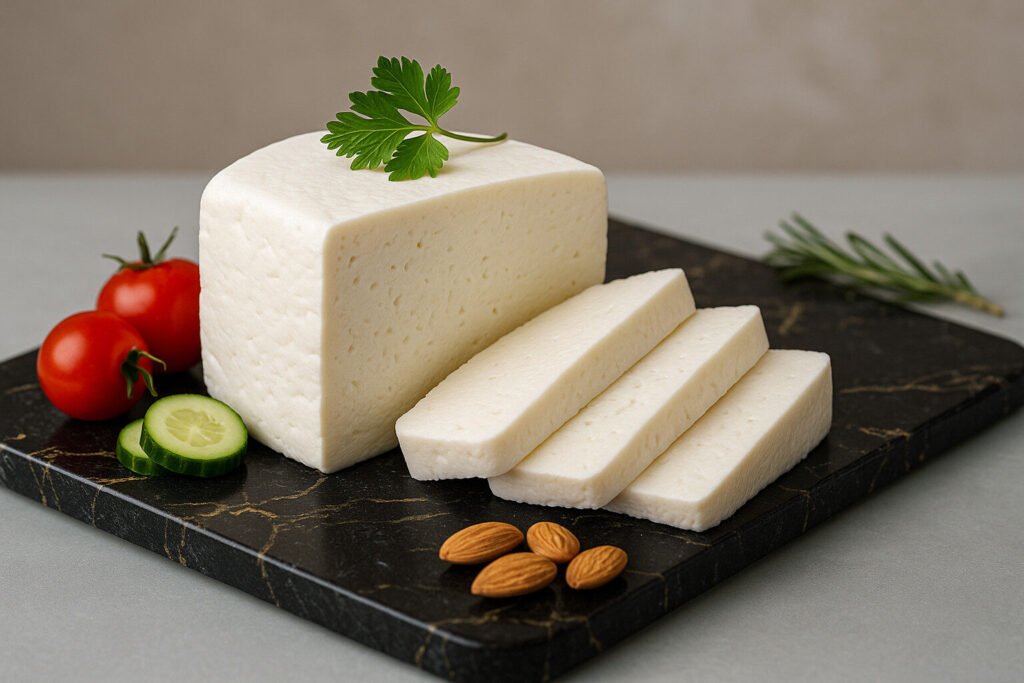High Sodium Cheese
Definition and Scope
High sodium cheese contains elevated salt levels exceeding typical cheese averages. This category includes cheeses intentionally salted for preservation or flavor enhancement. Sodium content directly influences cheese texture, shelf life, and microbial activity.
Classification depends on sodium chloride percentages measured in final products. These cheeses often originate from preservation-focused traditions or modern manufacturing requirements. The scope encompasses various styles where salt dominates the mineral profile.
Production Methods
Salt incorporation occurs through brining, surface salting, or direct addition to curds. Brining involves submerging formed cheeses in concentrated salt solutions for specific durations. This method ensures even salt distribution throughout the cheese matrix.
Surface salting techniques apply dry salt directly to cheese rinds during aging. Some manufacturers mix salt directly into cheese curds before pressing. Each method affects final sodium concentration and product characteristics differently.
Sensory Profile
High sodium cheeses present pronounced saltiness as the dominant taste sensation. This salt intensity often masks subtle flavor nuances from milk or aging. The palate experiences immediate salinity followed by lingering mineral notes.
Texture ranges from firm to crumbly depending on salt concentration and moisture content. Salt suppresses bitterness while enhancing overall flavor perception. These cheeses typically lack complex aromatic development due to salt dominance.
Culinary Applications
High sodium cheeses function primarily as seasoning agents in cooked dishes. They provide salt enhancement in sauces, stuffings, and composite recipes. Grated varieties serve as efficient salt delivery systems in pasta and grain preparations.
These cheeses pair effectively with low-sodium foods to create balanced flavor profiles. Their strong salt content makes them unsuitable for sodium-restricted diets. Many food manufacturers use them as natural preservatives in processed foods.
Regional Examples
Feta cheese from Greece demonstrates high sodium characteristics through traditional brining. Halloumi from Cyprus maintains its salt level through preservation in brine solutions. These Mediterranean examples showcase historical salt-based preservation techniques.
Industrial processed cheeses often contain elevated sodium for shelf stability. Certain blue cheeses develop high salt content during surface treatment processes. These examples represent both traditional and modern high sodium cheese applications.

















